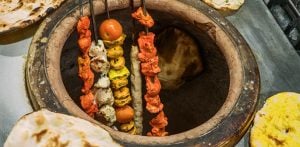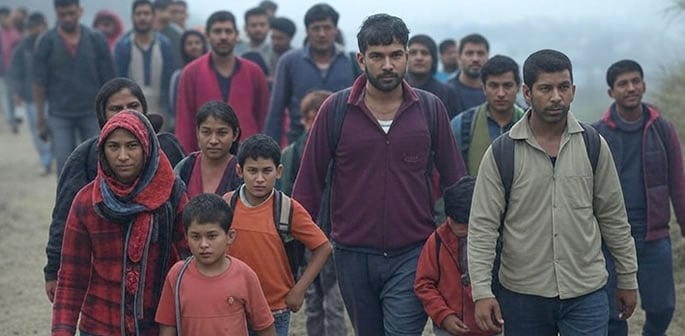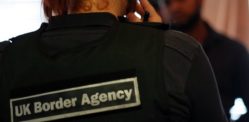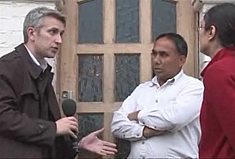However, many fall prey to fraudulent agents
The ‘Dunki’ route, or ‘donkey route’, is a dangerous and illegal immigration pathway used by Indian nationals to enter countries like the United States, Canada, the United Kingdom, and Australia.
The term originates from the Punjabi word ‘dunki’, meaning ‘to hop from place to place’, reflecting the irregular and perilous nature of the journey.
In recent years, the number of Indians attempting to migrate illegally via this route has surged, particularly from Punjab, Haryana, and Gujarat.
Economic struggles, limited job opportunities, and aspirations for a better future abroad are key drivers behind this trend.
Despite the severe risks, including fraud, exploitation, and life-threatening conditions, many continue to embark on this perilous journey.
How the Dunki Route Works
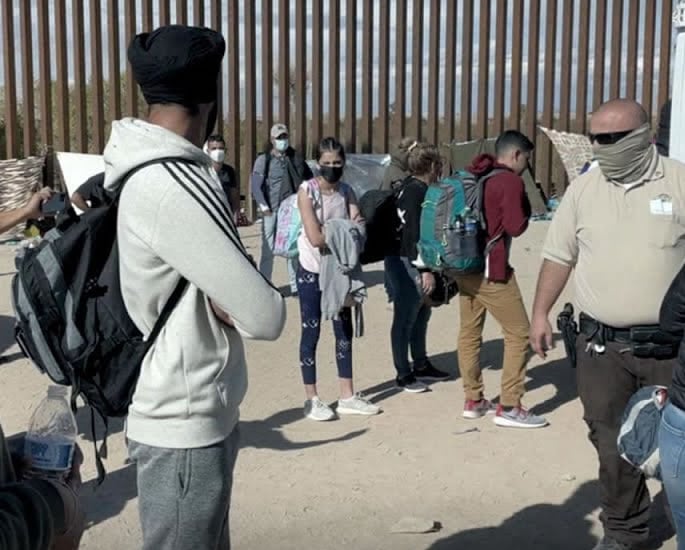
Migrants using the Dunki route often start their journey legally, travelling to countries with lenient visa policies.
From there, they move illegally across borders, relying on smuggling networks to reach their final destination.
Those attempting to enter the US, for example, may first travel to Dubai, Spain, Italy, or Brazil before making their way through South America.
A critical and deadly part of the journey involves crossing the Darién Gap, a dense and dangerous jungle between Colombia and Panama.
Survivors then continue through Central America, passing through Costa Rica, Nicaragua, Honduras, and Guatemala, before reaching Mexico.
From there, they attempt illegal entry into the US, often with the help of smugglers.
Other routes involve travelling to European nations such as Greece, Serbia, and Turkey before attempting to enter the UK illegally, often via the English Channel in small boats.
Similarly, those bound for Canada may attempt to cross into the country through the US-Canada border, risking extreme weather conditions and heightened security measures.
The Cost of Illegal Immigration
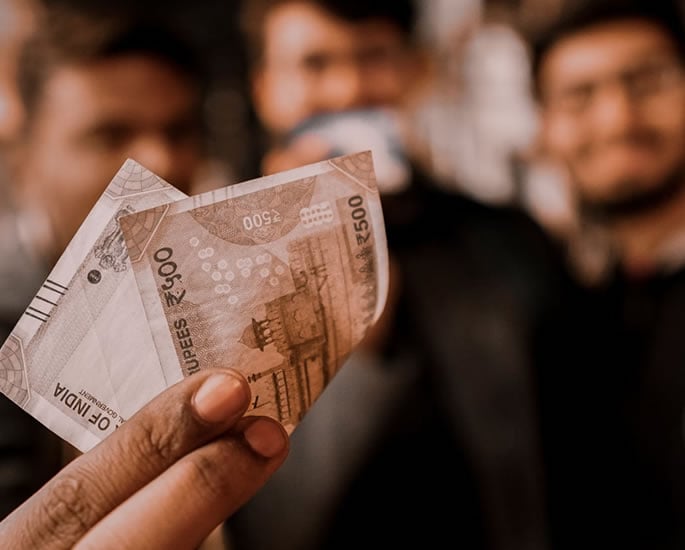
The Dunki route comes at a steep financial and human cost.
Migrants pay substantial amounts to agents who promise safe passage, with fees ranging from Rs. 40 lakh to Rs. 1 crore (approximately £38,000 to £95,000).
Families frequently sell land, take out loans, or deplete their savings in the hope of securing a future abroad.
However, many fall prey to fraudulent agents who abandon them mid-route or provide forged documents, leading to arrests and deportations.
The journey itself is fraught with danger. Migrants face:
- Treacherous terrain: The Darién Gap, in particular, is infamous for its dense jungle, dangerous wildlife and extreme weather conditions.
- Criminal gangs: Smugglers and organised crime groups operate along the route, often robbing, assaulting and even killing migrants.
- Severe health risks: Many suffer from starvation, dehydration and exposure, with some losing their lives along the way.
- Legal consequences: Those caught by border authorities face detention, deportation and bans from entering their destination country legally in the future.
Additionally, migrants using sea routes, such as those attempting to cross the English Channel in small boats, face the risk of drowning due to overcrowded and unseaworthy vessels.
The Mediterranean route, used by many migrants attempting to reach Europe, is one of the deadliest migration corridors in the world.
Who Uses the Dunki Route?

Most migrants using this route are from Punjab, Haryana, and Gujarat, driven by a combination of economic challenges and social pressures.
In early 2025, US authorities deported 332 Indian nationals, 38% of whom were from Punjab alone. Haryana also had significant numbers, with 112 deportees from the state.
The route is expanding beyond these regions, with growing numbers from Uttar Pradesh, Himachal Pradesh, and other states.
The lack of employment opportunities, coupled with a strong cultural aspiration to settle abroad, fuels the demand for illegal migration.
Another significant factor is the role of social media in encouraging migration.
Videos on platforms like YouTube and TikTok often depict a glorified version of life abroad, misleading young people into believing that illegal migration is a viable option.
Some of these videos are created by human traffickers themselves, further perpetuating the cycle of migration.
The Broader Impact

The Dunki route has significant economic and social consequences.
Families who finance these dangerous journeys often face financial ruin if the attempt fails. Many return empty-handed, burdened with debt and shame.
Emotionally, the trauma of the journey, the uncertainty of reaching the destination, and the harsh treatment by authorities take a heavy toll.
Some migrants disappear without a trace, leaving families in distress. Others are detained in foreign jails, awaiting deportation.
At home, fraudulent immigration agents thrive, exploiting desperation.
Reports of scams and human trafficking are on the rise, with many victims having little legal recourse.
The lack of regulation and enforcement allows these networks to operate with impunity.
There is also a societal impact, as many young men from Punjab and Haryana leave their villages, creating a demographic imbalance.
In some areas, entire communities have been hollowed out, with only elderly parents and young children remaining. This has long-term consequences for local economies and social structures.
Media and Public Perception
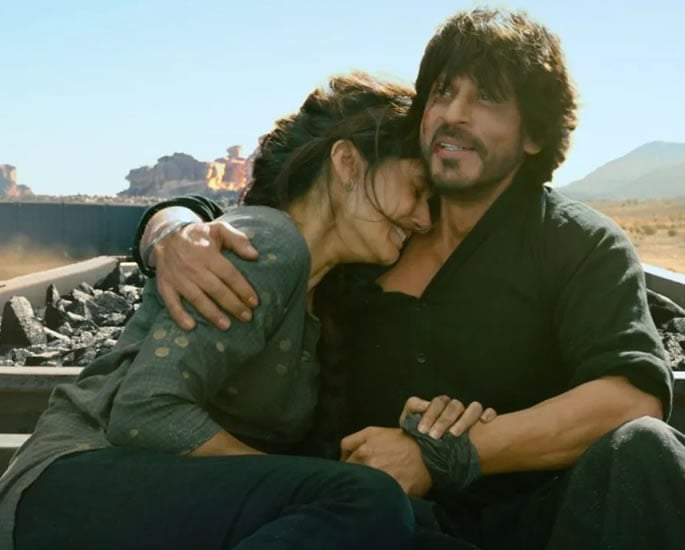
The dangers of the Dunki route have gained more attention in recent years, partly due to media coverage and Bollywood’s portrayal of the issue.
Shah Rukh Khan’s 2023 film Dunki brought the plight of illegal migrants into the mainstream, but the reality is far grimmer than what is depicted on screen.
Discussions on social media and forums like Quora highlight the regional disparities driving this migration trend.
Many users argue that South Indian states see fewer illegal migrants due to better economic conditions and different cultural attitudes towards emigration.
Meanwhile, calls for stricter government action against fraudulent immigration agents continue to grow.
The Indian government has also acknowledged the issue, launching public awareness campaigns warning against illegal migration.
However, with limited employment opportunities at home, many young people remain willing to take the risk.
What are Governments Doing?
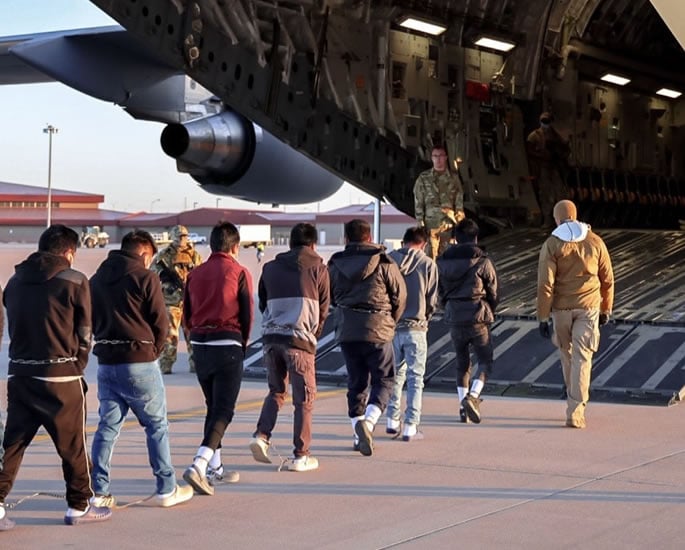
Governments worldwide are increasing efforts to crack down on illegal immigration.
The US has intensified border controls and implemented stricter deportation policies.
In February 2025, 104 Indian nationals were deported on a military plane, sparking diplomatic concerns.
India has also launched investigations into illegal immigration networks, with authorities scrutinising thousands of cases of Indians attempting unlawful entry into the US.
The UK has also tightened its immigration policies, increasing surveillance at the Channel crossings and working with French authorities to prevent illegal boat arrivals.
Canada, too, has heightened scrutiny at its borders, particularly following reports of Indian migrants attempting to cross from the US into Canada on foot, sometimes in freezing conditions.
Despite these crackdowns, the Dunki route remains active, driven by persistent economic inequalities and the hope of a better life abroad.
As long as economic disparity exists and legal immigration pathways remain restricted, illegal routes like Dunki will continue to attract desperate migrants.
Addressing this crisis requires a multifaceted approach. Strengthening border security and legal enforcement is only part of the solution.
India must focus on creating better job opportunities and regulating immigration agencies to prevent exploitation.
More needs to be done to educate potential migrants about the risks involved.
Governments must work together to dismantle human trafficking networks and provide legal alternatives for those seeking opportunities abroad.
Until these measures are in place, the Dunki route will remain a dangerous gamble for those seeking a new life, with many paying the ultimate price.






















